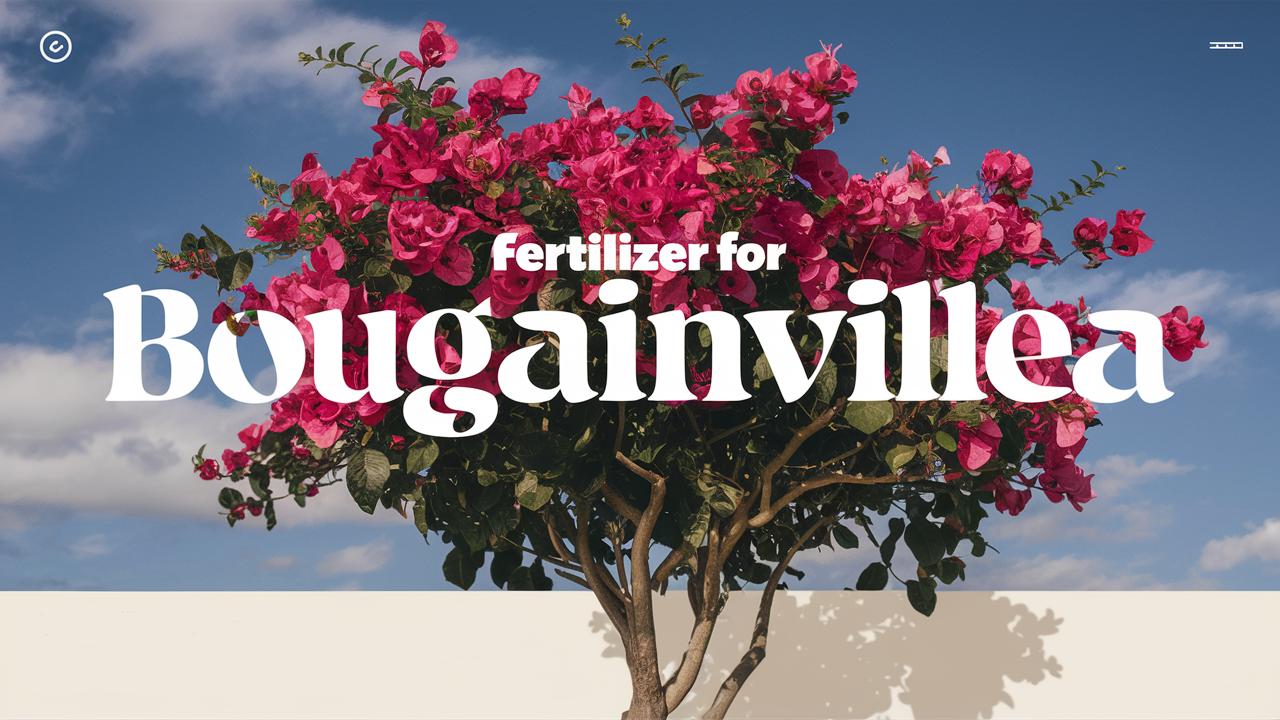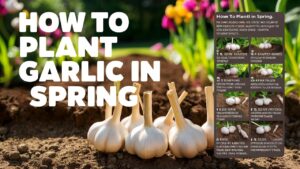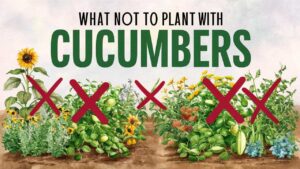On this page, you’ll find a comprehensive guide on how to choose the best fertilizer for bougainvillea, ensuring you create a flourishing environment for this spectacular plant.
Fertilizer For Bougainvillea
| Image | Name | Rating | Shop |
|---|---|---|---|
 | Nelson Bougainvillea Fertilizer |  | |
 | Bougainvillea Bloom Boost |  | |
 | Bougainvillea Fertilizer |  |
Nelson Bougainvillea Fertilizer
Bougainvillea Fertilizer by Nelson Plant Food is a great option for anyone looking to promote healthy growth and vibrant blooms in their Bougainvillea vines. This slow release fertilizer comes in four different package sizes (2lb, 4lb, 15lb, and 25lb) and can be applied to a variety of vines, not just Bougainvillea.
Apart from its versatility, this fertilizer is packed with nutrients that promote colorful blooms and maintain plant health. The 17-7-10 formula ensures that your plants receive the right amount of nitrogen and other essential nutrients for optimal growth. Additionally, the added sulfur and gypsum in the formula help create acidic soil to improve overall soil structure around the roots.
Bougainvillea Bloom Boost
If you’re looking for a fertilizer specifically designed for your bougainvillea plants, we recommend checking out BOUGAIN 2lb Bag, Bougainvillea Fertilizer. This product is tailored to meet the needs of these unique plants.
One of the standout features of BOUGAIN is its ease of use – simply sprinkle it around once a month with no need for mixing or complicated applications. The granular formula also makes it simple to apply evenly across your garden beds. With its proven track record of dramatically increasing blooms and 5% iron content, this fertilizer from BGI (the largest bougainvillea nursery in the country) is a top choice for getting the most out of your bougainvillea plants.
Bougainvillea Fertilizer
For bougainvillea owners looking to amp up their plant’s vibrancy, we recommend trying out the Bougainvillea Fertilizer. This complete liquid fertilizer is tailored specifically for bougainvillea plants and promises lush growth and an abundance of blooms.
This all-purpose fertilizer provides a straightforward solution for bougainvillea care, with easy-to-follow instructions to ensure you’re giving your plant exactly what it needs. Made in the USA, this product has earned its spot as a reliable go-to choice among bougainvillea enthusiasts, so why not give it a shot and see the difference for yourself?
Prevgenics
This Bougainvillea Liquid Fertilizer is specifically designed to provide bougainvilleas with the necessary nutrients they need to thrive.
The fertilizer promotes consistent growth and increases flower production, resulting in larger and lusher blooms. It’s also easy to use, making it a convenient solution for gardeners looking to improve the health and appearance of their Bougainvillea plants.
Slow Release Fertilizer
The Schultz SPF48270 Slow Release Bloom Fertilizer is a great option for fertilizing Bougainvillea. Its 12-24-12 NPK ratio provides balanced nutrients that promote healthy growth and blooming.
The slow-release formula ensures that the nutrients are released over time, providing a steady supply of fertilizer to your plant without burning its roots. This makes it an ideal choice for Bougainvillea, which benefits from consistent fertilization throughout the growing season. At 3.5 lbs per container and covering a volume of 56 ounces, this fertilizer is sufficient for a decent-sized garden setting or several smaller plants.
Bloom Booster
bougainvillea plants are known to be heavy feeders and require a balanced fertilizer to promote blooming. For this purpose, we recommend the Scotts Super Bloom Water Soluble Plant Food. This fertilizer contains high phosphorus levels which help in promoting blooming of flowers.
The Scotts Super Bloom Water Soluble Plant Food can be used on outdoor flowers, fruiting plants, containers and bed areas. It feeds plants instantly when watered with it. This fertilizer won’t burn the bougainvillea plant if used as per directions stated by the manufacturer. For best results, apply this fertilizer every 1-2 weeks.
How To Choose The Best Fertilizer For Bougainvillea
Bougainvillea is a stunning flowering vine known for its vibrant colors and bustling growth. With its ability to transform any garden space into a tropical paradise, it’s no wonder that many gardening enthusiasts want to nurture their bougainvillea to its fullest potential. However, the secret to a thriving bougainvillea lies not just in the sunlight or the soil, but also significantly in the nourishment you provide.
Understanding Bougainvillea’s Nutritional Needs
Before diving into the specifics of fertilizer selection, it’s essential to understand what bougainvillea needs to thrive. Typically, bougainvillea is a hardy plant that is somewhat drought-tolerant and prefers a well-draining soil. However, to encourage lush growth and vibrant blooms, the nutritional balance within the soil is paramount.
Bougainvillea requires three primary nutrients: nitrogen (N), phosphorus (P), and potassium (K). Each plays a crucial role:
Nitrogen is vital for leaf growth, promoting lush green foliage.
Phosphorus encourages root development and flowering, leading to those spectacular blooms.
Potassium strengthens the plant, enhancing its disease resistance and overall vitality.
While these macronutrients are essential, bougainvillea also benefits from micronutrients such as magnesium, calcium, and iron. Understanding these nutritional requirements can guide you in selecting an appropriate fertilizer.
Types of Fertilizers for Bougainvillea
In the extensive world of fertilizers, several options cater to the unique needs of bougainvillea. Here, we’ll explore the types available and their suitability for your plant.
1. Granular Fertilizers
Granular fertilizers are solid, slow-release formulations that gradually feed the plant over time. This type is particularly beneficial for bougainvillea as it allows for a steady supply of nutrients without the risk of over-fertilization. When choosing granular fertilizers, look for a balanced NPK ratio, such as 10-10-10 or 14-14-14. For flowering specifically, an NPK ratio of 10-20-20 can provide a solid boost to blooms.
Advantages:
Long-lasting effects
Less maintenance, as they don’t require frequent applications
Disadvantages:
May not provide immediate results if the plant is undernourished
2. Water-Soluble Fertilizers
Water-soluble fertilizers are dissolved in water and are typically applied during watering. This method allows for quick absorption by the roots, making it perfect for addressing immediate nutrient deficiencies. For bougainvillea, a water-soluble fertilizer with an NPK ratio of 5-10-10 can promote flowering effectively.
Advantages:
Fast-acting results
Easy to use with a watering can or hose attachment
Disadvantages:
Needs to be applied more frequently than granular options
3. Organic Fertilizers
For the eco-conscious gardener, organic fertilizers offer a fantastic option. These fertilizers come from natural sources like compost, manure, or bone meal. Organic fertilizers not only nourish bougainvillea but also improve soil structure and microbial activity.
Advantages:
Sustainable and environmentally friendly
Enriches soil health over time
Disadvantages:
Generally slower acting; might not provide immediate results
4. Slow-Release Fertilizers
Similar to granular fertilizers, slow-release fertilizers provide a steady supply of nutrients over an extended period. They often come in pellet or coated forms. Look for options that are specifically designed for flowering plants.
Advantages:
Reduces risk of over-fertilization
Convenient for busy gardeners
Disadvantages:
May require specific conditions for optimal performance
Signs of Nutrient Deficiency in Bougainvillea
Recognizing the signs of nutrient deficiency is crucial in ensuring that your bougainvillea receives the right care. Below are common deficiencies and their symptoms:
Nitrogen Deficiency
A lack of nitrogen often leads to yellowing leaves, starting from the older leaves and progressing upward. The plant may exhibit stunted growth and lackluster foliage.
Phosphorus Deficiency
When bougainvillea experiences phosphorus deficiency, you might notice dark green leaves with purple or red tinges. This can also lead to a reduction in blooms.
Potassium Deficiency
Inadequate potassium manifests as browning leaf edges and weak stems. Your bougainvillea may also be more susceptible to diseases and pests without proper potassium levels.
How to Apply Fertilizer Effectively
Applying fertilizer correctly is just as important as choosing the right type. Here’s a step-by-step guide tailored specifically for bougainvillea:
1. Timing the Application
Fertilization should align with the growing season. For bougainvillea, the best time to apply fertilizer is during the spring as new growth begins and again in early summer. Avoid fertilizing in late fall and winter when the plant’s growth slows down.
2. Preparing the Soil
Ensure that the soil is adequately moist before application, especially with granular fertilizers. This helps the nutrients to dissolve and prevents root burn.
3. Application Method
For granular fertilizers, spread the recommended amount evenly around the base of the plant, keeping a few inches away from the stem to avoid burning. Water the area directly after applying.
When using water-soluble fertilizers, mix the appropriate ratio with water as indicated on the packaging, and apply directly to the soil during your regular watering routine.
4. Regular Monitoring
After application, observe your bougainvillea for signs of improvement or any adverse reactions. This will help you adjust your feeding regimen in the future.
Common Mistakes to Avoid When Fertilizing Bougainvillea
Fertilizing bougainvillea can be straightforward, but certain pitfalls can sabotage your efforts. Here are common mistakes to avoid:
Over-Fertilization
One of the simplest mistakes is over-fertilizing, which can lead to nutrient burn or even kill the plant. Always start with a lower concentration and increase gradually as needed.
Wrong Timing
Feeding bougainvillea during dormancy in winter is fruitless and can harm the plant. Stick to the recommended periods of spring and summer.
Ignoring Soil Quality
The effectiveness of fertilizer depends heavily on soil quality. Bougainvillea thrives in well-draining soil; poor soil quality can hinder nutrient uptake regardless of how much fertilizer you apply.
Neglecting Water
Watering is essential post-fertilization. Ensure you provide adequate moisture to help nutrients move through the soil and reach the roots effectively.
What to Look for on Fertilizer Labels
When choosing a fertilizer for your bougainvillea, the label will give you important insights. Here’s what you should focus on:
NPK Ratio: As mentioned earlier, seek a ratio with higher phosphorus for flowering plants.
Organic vs. Synthetic: Decide between organic and synthetic based on your gardening philosophy and the immediate needs of your bougainvillea.
Slow vs. Fast Release: Determine if you prefer a quick nutrient solution or a slow-release option based on your gardening style.
Homemade Fertilizer Options
If you enjoy DIY projects, creating your own fertilizer can be rewarding! Here are some homemade options specifically for bougainvillea:
1. Compost Tea
Steep well-rotted compost in water for a few days, then use this nutrient-rich liquid to water your bougainvillea. This provides a balanced nutrient boost.
2. Banana Peels
Chop banana peels and bury them around the base of your bougainvillea. They are rich in potassium, which is beneficial for overall health and bloom promotion.
3. Epsom Salt Mixture
Epsom salt contains magnesium, essential for bougainvillea. Dissolve 1 tablespoon of Epsom salt in a gallon of water and use it as a monthly booster.
Final Thoughts
Choosing the best fertilizer for bougainvillea isn’t a one-size-fits-all approach. Understanding the plant’s unique nutritional requirements, recognizing signs of deficiency, and applying the right product at the proper times are all critical factors in ensuring healthy growth and stunning blooms.








